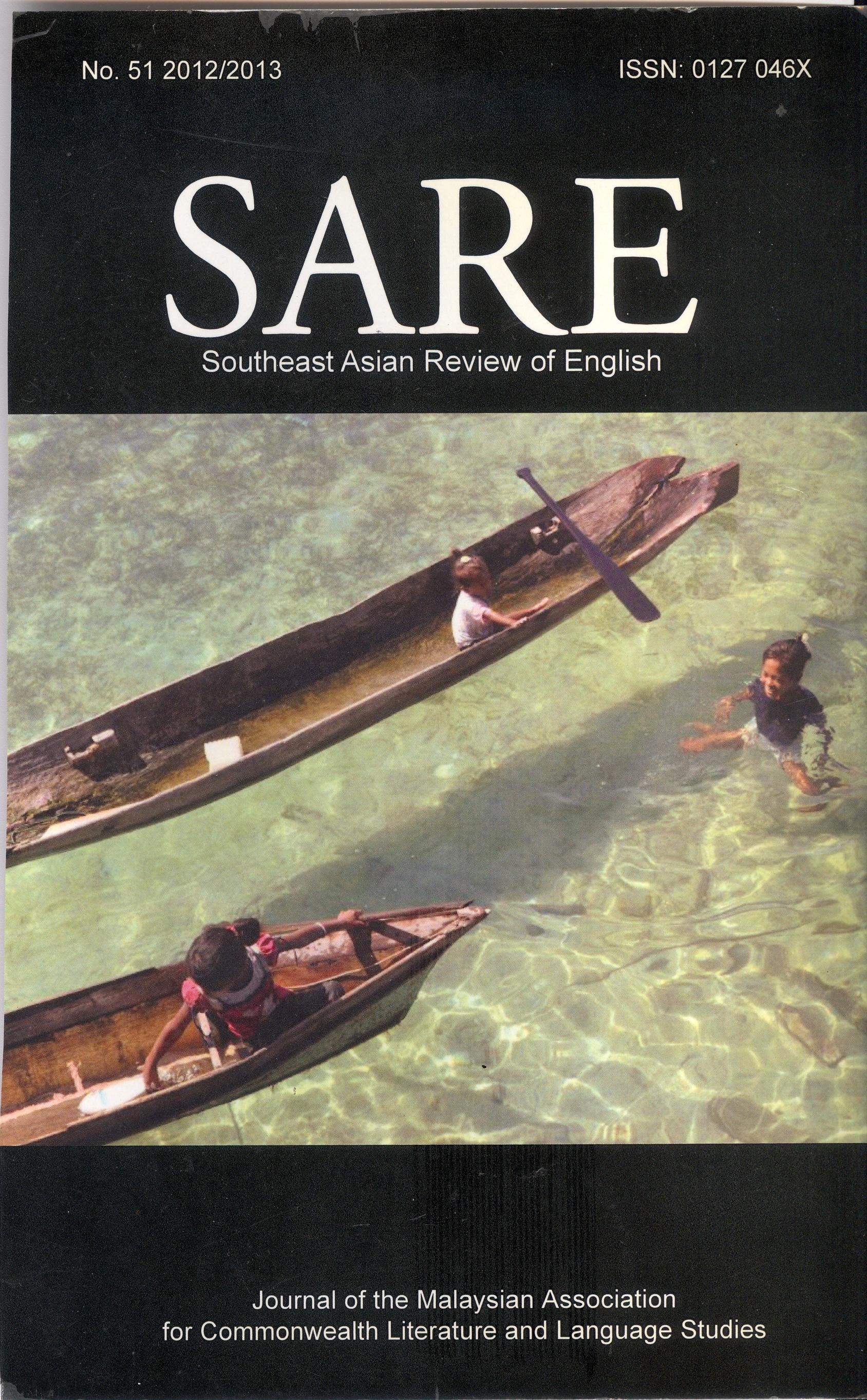Illustrating Childhood: Reading Lat's Kampung Boy series as a Bildungsroman for Children
Main Article Content
Abstract
The graphic narrative is a medium through which children can be introduced to literary works in an accessible and engaging fashion. As John Berger in Ways of Seeing comments, '[s]eeing comes before words' (7). He continues, '[t]he child looks and recognizes before it can speak' (7). This pull towards the visual, the ability of the eye to non-verbally identify and decode the connotative meaning of images and the visceral connection between the eye which sees and the 'I' who decodes the images, then, is what makes the graphic narrative a popular medium for encouraging children to read. We live in an image-saturated and dependent world. Images come at us at high volume and speed - literally, thousands of images a day in the form of advertisements, billboards, publicity, infomercials, and so on, in print and electronic media. Kevin Maness in 'Teaching Media-Savvy Students about Popular Media' comments that contrary to common assumptions that children are 'passive audiences of the media, lacking the critical, analytical skills to resist media manipulation' (46), most of them actually have quite well-honed media literacy skills 'gained through years of informal media literacy training' (46) as a result of their exposure to and interaction with popular media. He continues that '[a]lthough these skills may be used unconsciously; they are effective and often sophisticated' (47) suggesting that most children's visual literacy is high. Cultural and media theorist, Sut Jhally in 'Image-Based Culture: Advertising and Popular Culture' points to the embeddedness of what he calls the 'image-system' (251) within social life. He observes that in order to properly carry out its function, the advertising industry in the first half of the twentieth century 'literally... taught [consumer society] how to read the commercial messages' (250) that were being produced by the advertising industry. He concludes that 'by the postwar period the education was complete' (250) and consumers had learned how to decode the visual/commodity image-system effectively.
Downloads
Article Details
Copyrights of all materials published in SARE are retained by the authors. Authors may republish their work or grant others permission to republish it. We would be grateful if republication is accompanied by an acknowledgment that the work was originally published in SARE.
